Complete Guide to Sugar Detox: Benefits, Tips, and How to Get Started

- Overeating sugar? A sugar detox can help reset your body by balancing blood sugar and insulin levels, helping you lose weight and increasing energy and alertness.
- The symptoms of overeating sugar include fatigue, cravings, low blood sugar, irritability, mood swings and headaches.
- This sugar detox guide provides simple steps to help you break your sweet addiction and prevent withdrawal symptoms.
When you hear the word “detox,” your mind may churn up images of fad diets that leave you feeling more miserable than radiant. Most of the time, detoxes aren’t the healthiest route for your body. But there is one exception: a sugar detox.
A sugar detox eliminates sugar intake for some time, such as a week, two weeks, or 30 days. Sugar, while unarguably delicious, is incredibly addictive and has several sickeningly sweet side effects. These run the gamut of bad skin, weight gain, less energy and an increased risk for heart disease and obesity.[1][2]
Giving up sugar isn’t easy. It takes hard work and dedication, which is why we’ve created this sugar detox guide. These steps will help you recover faster and get rid of cravings so you can get back to feeling your best.
What Does Sugar do to Your Body?
Sugar can be divided into two forms: naturally occurring sugar and added sugar. The former is sugar that’s already present in certain foods (think fruits and milk)[3] and the latter is added to foods, such as juice, breakfast cereal and candy.
When you go crazy with sugar, you may face repercussions the following week. That lousy feeling is the culmination of your body’s systems directly responding to your sugar overload. You may experience various symptoms, from a blood sugar spike and drop to dehydration caused by indulging in sugar cravings.
Why is sugar so challenging to quit?
From self-professed “chocoholics” to “sweet-toothed,” many people have no problem admitting that they are borderline addicted to sugar, if not full-blown addicted.
Research even backs this up — the average American consumes (either by eating or drinking) 34 teaspoons of sugar daily.[4]
The reason why it’s so challenging to liberate yourself from sugar comes down to science. Sugar lights up addictive reward pathways in your brain and releases opioids and dopamine. Research has found that these neurochemical changes are similar to the ones seen in drug addiction.[5]
As a result, giving up sugar will inevitably cause withdrawal and cravings. It’s like giving up anything cold turkey; it’s never easy to tell your body no when it wants something.
Side Effects of Too Much Sugar
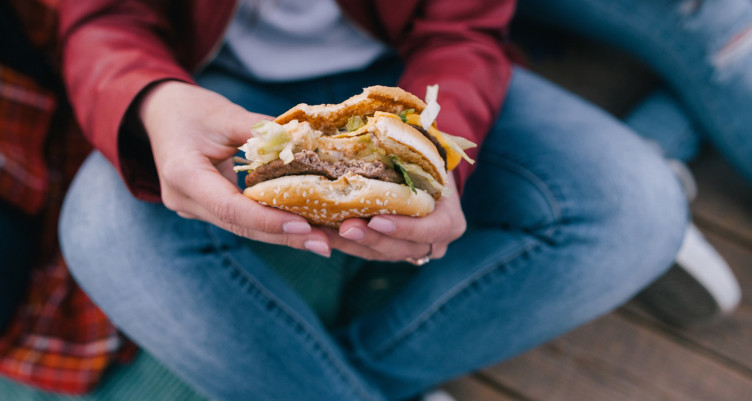
The short-term consequences of eating too much sugar or carbs can result in some severe sugar withdrawal symptoms.
These side effects indicate what happens when you stop eating sugar:
Physical symptoms
- Temporary Weight Gain
If you’ve ever looked in the mirror after a heavy carb day, you already know about this symptom. You’ll put on a few pounds and look puffier than usual. Don’t panic. The extra weight is mostly water. It’ll come off when you cut back on the added sugar and return to your regular diet. - Mood Swings
Sugar destabilizes your blood glucose levels and causes withdrawal, leaving you with symptoms like intense cravings and low energy. You may also experience other mood changes, such as depression, anxiety and brain fog.[6] - Headaches
A lot of people get headaches, migraines and mood swings during the sugar detox period, too. These symptoms may be like the headaches you experience when you give up caffeine.
Mental symptoms
- Cravings
Sugar lights up your brain’s reward centers like a Christmas tree, which feels great — until the next day when the sugar runs out, and withdrawal settles in.8 Sugar hits all the same brain regions that addictive drugs do, and while it’s melodramatic to compare sugar addiction to cigarettes or cocaine, you’ll still have to deal with heavy cravings while your body gets itself back into balance. - Poor Sleep
You may have trouble falling or staying asleep during a sugar detox. And if nights of poor sleep start to pile up, you won’t be setting your body or brain up for success. - Cognitive Issues
The effects of sugar on your brain are wide-ranging, with one decade-long study showing that people with high blood sugar had significantly faster rates of cognitive decline.[7]
Related: This Is Your Brain on Sugar (Trust Us, It’s Not Pretty)
Benefits of a Sugar Detox

After enduring the first unpleasant days of sugar withdrawal symptoms, incredible benefits will follow. In the first two weeks, your pants may feel looser due to weight loss, you may have more pep in your step from the enhanced mood and increased energy, and you may have better-balanced blood sugar.[8]
Your taste buds may reset, making tasting the natural sugar in fruits, milk and vegetables easier.
The longer you stick with it, the sweeter the benefits. After 30 days, prepare for less inflammation, which can cause less joint pain, stiffness, and clearer skin.
A list of health benefits you may experience include:
- Weight loss and aided weight management
- Regulated blood sugar
- Improved heart health
- Reduced risk of type 2 diabetes
- Improved oral health
- Better skin
- Reduced inflammation
- Enhanced mood
- Increased energy and alertness
How to Detox from Sugar
If you’re up for the challenge of liberating yourself from sugar’s sticky hands, prepare yourself for a total health reset. Here’s a step-by-step guide to help the detox process.
Start Slow
At some point, you will probably wonder, “How long does it take to detox from sugar?” The answer to this varies between individuals. Some may find that their symptoms last a few days to a week. Others may find that the process takes a few weeks.
In any case, the best advice is to start slow. Sugar is a carbohydrate that breaks down to create glucose, the body’s preferred form of energy. Your body needs glucose to survive.[9] That said, the body can do just fine without added sugar. This means that a simple swap could be eating fruit instead of a muffin for a midday snack.
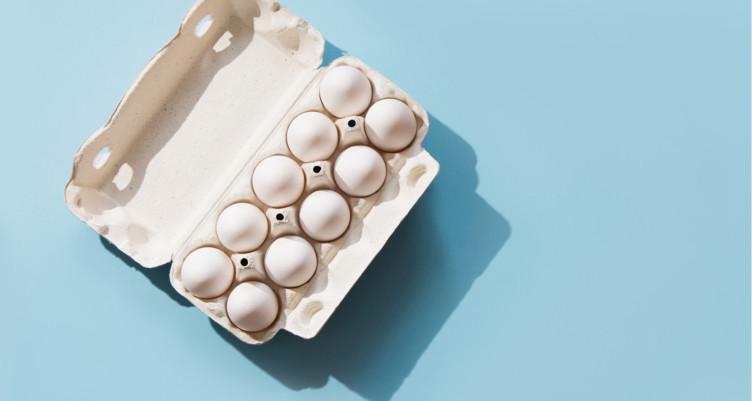
Eat quality, healthy fats and proteins
High-protein, high-fat foods belong on a sugar detox meal plan because they nourish your body and give it what it needs to get back on track after a sugary detour. Focus on eating as normally as possible and listen to your body to determine the best combination.
Eat foods such as:
- Grass-fed meat
- Wild-caught salmon
- Pasture-raised eggs
- Coconut oil
Pro tip: Add quality fat, such as Bulletproof Brain Octane C8 MCT Oil, to coffee and smoothies for sustained energy and brain power.
Drink lots of water
Because hunger signals are more robust than thirst signals, it’s easier to reach for something to eat than a glass of water. However, if you want to learn how to detox from sugar properly, hydration is a critical step. It helps banish sugary cravings, prevent headaches from dehydration and flush sugar out of your system.

Exercise
Exercise stabilizes blood sugar and helps you burn through glycogen stores faster. Psychologically, exercise releases endorphins that reduce stress and keep sugar cravings at bay.[10] Exercise can also help flush out toxins and sugar from the body.
Some exercise ideas include hitting the gym, high-intensity interval training or a long walk.
It doesn’t have to be intense, either. When you’re feeling sluggish from withdrawal symptoms, moving your body in small but intentional ways can help. This could look like a 15-minute yoga class, stretching or a walk around the block.
Get proper sleep
Now that you know how to flush sugar out of your system, you should prioritize getting enough quality sleep. Research shows that sleep deprivation affects appetite-regulating hormones, which could lead to cravings for sugary, highly palatable foods.[11]
You can put yourself in the best position to get a good night’s rest by taking the right supplements, avoiding blue night at light and implementing other beneficial sleep hygiene habits.
Tips for Cutting Back on Sugar
There’s no sugarcoating it: giving up sugar is difficult. If the process feels more than you can chew, gradually reduce your sugar intake.
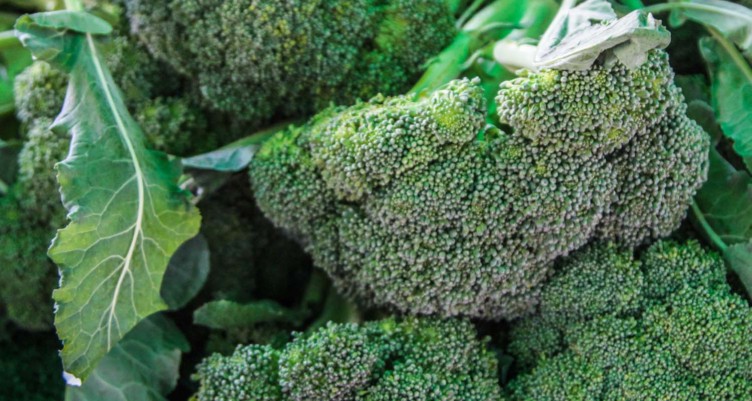
Eat more fiber
To build stable energy and decrease cravings, eat fiber to regulate your blood sugar.[12] Fiber also nourishes beneficial gut bacteria that sugar may have harmed. Hit your daily fiber intake by eating your vegetables.
Examples of high-fiber vegetables:
- Asparagus
- Broccoli
- Carrots
- Cucumber
- Celery
- Leafy greens
- Sweet potatoes
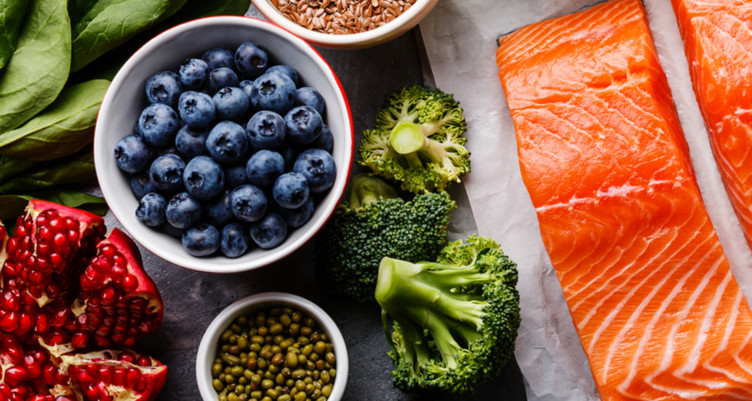
Make room for antioxidants
Antioxidant-rich foods can help your body deal with systemic conditions and repair itself.
To help your body recover from carb and sugar overload, stick to foods that are easy to process and have minimal potential for harm. Foods that can help include wild-caught salmon, broccoli, avocados and green tea.
Colorful fresh fruits and veggies, such as red cabbage, Swiss chard, blackberries and raspberries, are also great sources of antioxidants. Finally, drink coffee and green tea for an extra dose of antioxidant support.
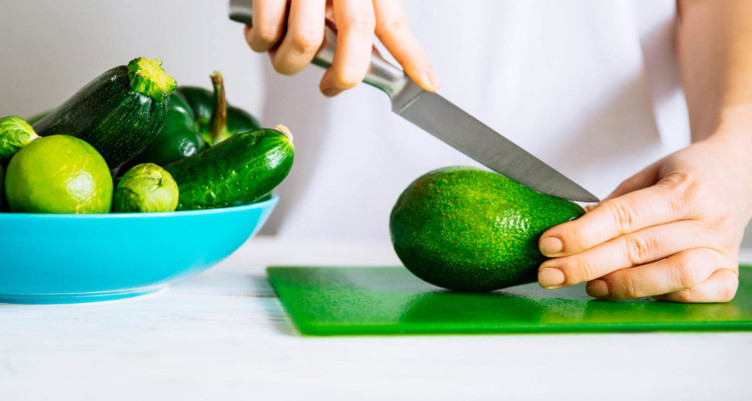
Get rid of foods that spur sugar cravings
Clear your pantry of high-carb snacks to reduce temptation. Instead, stock your kitchen with quality snacks to nip those cravings in the bud before they seduce you into another sugar binge.
Sugar cravings come fast and sap your energy, so high-fat snacks that you can eat immediately can save the day.
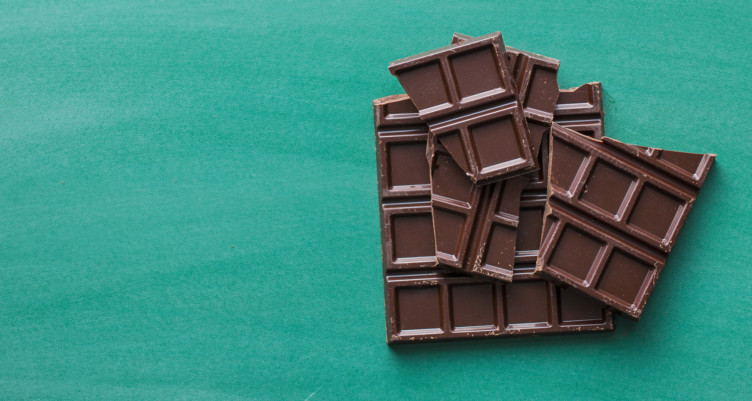
A few options include:
- Dark chocolate (78% or darker)
- Grass-fed hot dogs
- Pastured salami or pepperoni
- Guacamole
- Grass-fed meat sticks, jerky or bars
- High-fat nuts like macadamias or almonds, preferably raw
- Quality sugar-free nut butter spread over veggies or fruit
Check out this list of 16 keto-friendly snacks to curb cravings. Stock up on Bulletproof Collagen Protein Bars for a quick snack that fuels like a protein bar but tastes like a cookie.
Related: Superfoods That Destroy Inflammation in Your Brain
How to Stay Motivated on a Sugar Detox
This sugar detox guide is a helpful tool for reducing or eliminating sugar from your diet. But like any endeavor, achieving your health and wellness goals takes patience and persistence.
Some days will be more difficult, but remember your “why,” stock up on nutritious foods and do your best to limit sugar consumption. Above all else, remember you don’t have to eat perfectly all the time. The occasional sugar binge is worth it sometimes.
The bottom line: If you go overboard with sugar, there are ways to get your body and brain back on track. Making dietary and lifestyle changes can have a major impact on the success of your sugar detox. And even if you aren’t completely dialed in with your diet at all times, consistently making wise choices and staying motivated will pay off in the long run.
Want to satisfy your sweet tooth without consuming sugar? Find out which Bulletproof-friendly alternative sweeteners work best.
Sign up for early access to sales, product launches, the latest Bulletproof news and more!







